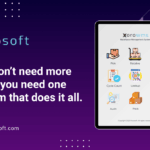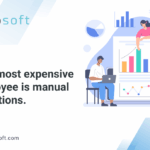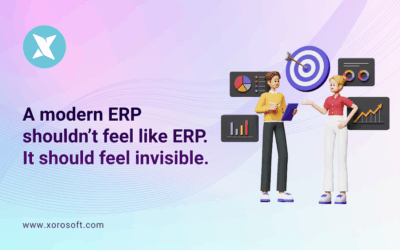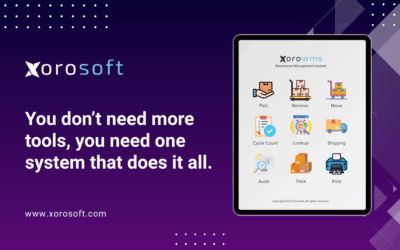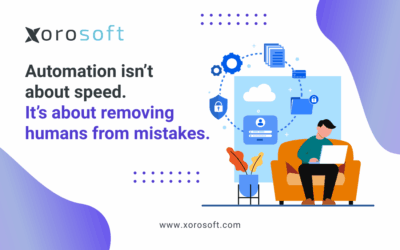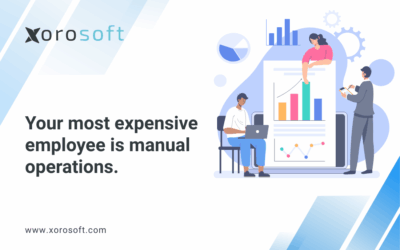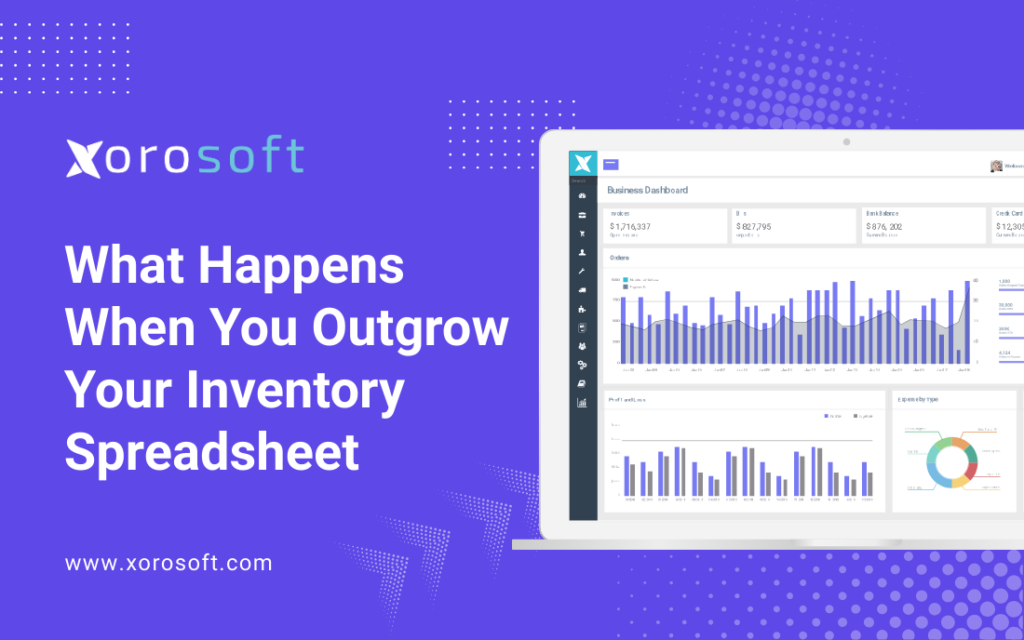
When Spreadsheets Start Slowing Down Growth
Every company starts with a spreadsheet, but sooner or later inventory spreadsheet problems appear. At first, Excel or Google Sheets feels like magic—cells neatly organized, formulas running calculations, and tabs color-coded for products and suppliers.
For small teams, this setup feels efficient and reliable. However, as sales expand and operations grow, the cracks show. Numbers don’t match, fulfillment delays pile up, and the team keeps asking: “Is this the latest version of the sheet?”
What once gave a sense of control now causes confusion and chaos.
The Hidden Costs of Inventory Spreadsheet Problems
Sticking with spreadsheets too long creates hidden costs that compound over time.
For example, stockouts and overselling happen because numbers aren’t updated in real time. Fulfillment delays increase as orders slip through the cracks. Reconciling data with accounting software like QuickBooks becomes a time-consuming headache.
Even worse, a single wrong version emailed around can cause warehouse staff to ship outdated orders.
In short, spreadsheets don’t just slow down growth. They introduce blind spots that cost money, frustrate customers, and damage credibility.
Why Spreadsheets Collapse Under Growth Pressure
So why do spreadsheets break down as businesses scale? The answer lies in their design. They were never meant to manage complex, fast-moving supply chains.
First, spreadsheets lack real-time visibility. By the time a number is updated, it’s already outdated. Second, spreadsheets create silos—inventory lives in one file, accounting in another, and shipping data somewhere else entirely.
In addition, manual entry invites mistakes. A copy-paste error or broken formula can spread misinformation across departments. Finally, spreadsheets fail to scale. A tool built for 100 SKUs cannot handle thousands across multiple channels and warehouses.
Therefore, as companies grow, inventory spreadsheet problems multiply.
When Data Outpaces Your Team
There comes a moment when leaders realize: data needs to move faster than people can type. This is the breaking point where spreadsheets stop working.
Enterprise Resource Planning (ERP) platforms resolve this by consolidating data into one central system. Instead of juggling scattered spreadsheets, teams manage inventory, procurement, fulfillment, accounting, and reporting in real time.
The shift is powerful. Stock levels update automatically, orders route directly to the right warehouse, and financials sync instantly with sales data. As a result, teams gain a single version of the truth.
In fact, it’s the difference between patching leaks daily and upgrading to a ship built for long voyages.
The High Cost of Delaying ERP Adoption
Some companies resist moving on, hoping spreadsheets will hold a little longer. Unfortunately, that delay often creates costly mistakes.
Overselling on Shopify, delayed shipments from warehouses, and customer complaints are signs the spreadsheet era has ended.
Additionally, employees lose morale. Instead of focusing on strategic projects, they waste hours firefighting errors. As a result, businesses risk losing both customers and talented staff by holding onto outdated systems.
A Modern ERP That Ends Inventory Spreadsheet Problems
This is where Xorosoft ERP comes in. Built for fast-scaling businesses, it provides the automation and clarity that spreadsheets lack. Unlike legacy systems, Xorosoft is cloud-native, fast to deploy, and designed for today’s multi-channel reality.
Here’s what makes Xorosoft stand out:
-
Integrated Warehouse Management: A robust, built-in WMS—no bolt-ons required.
-
Real-Time Inventory Tracking: Updates instantly across warehouses, currencies, and sales channels.
-
Native Integrations: Direct connections with Shopify, Amazon, EDI, and 3PLs. Check out the Shopify App.
-
Automation at Scale: Hundreds of API integrations streamline workflows and reduce manual errors.
-
Ease of Use: Ranked #1 in Ease of Use on G2.
-
Global Operations Ready: Multi-location, multi-currency, and multi-channel support built in.
With Xorosoft, companies eliminate inventory spreadsheet problems and gain the confidence to scale without chaos.
Real-Time Visibility That Powers Growth
Imagine seeing stock levels across all warehouses instantly. With Xorosoft ERP, this isn’t a dream—it’s built into the system.
Sales channels sync automatically, so if a customer places an order on Shopify, the update reflects everywhere at once.
Therefore, overselling and stockouts become rare. Fulfillment accelerates because orders flow directly to the right warehouse. Meanwhile, accounting improves since every sale, return, and purchase order updates financial records in real time.
As a result, every team member—warehouse staff, finance managers, and executives—works from the same reliable data.
Turning Growth Chaos Into Control
Outgrowing spreadsheets is not a failure. On the contrary, it’s a milestone that proves your business is scaling. It means your operations are expanding, and you’ve reached a stage where spreadsheets can’t keep up.
By switching to Xorosoft ERP, businesses remove silos, automate processes, and eliminate human errors. More importantly, they gain the clarity and visibility required to grow sustainably.
Moreover, a modern ERP turns daily firefighting into a predictable rhythm that fuels long-term success.
Ready to End Inventory Spreadsheet Problems for Good?
📈 If your team is still battling inventory spreadsheet problems, it’s time to act. The longer you wait, the more costly mistakes become.
Start your journey with a system designed for scale. Explore XoroONE, book a demo, or dive into customer case studies.
Scaling doesn’t have to mean chaos. With Xorosoft, it means clarity, control, and confidence.


